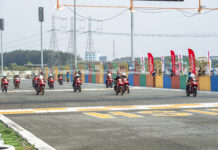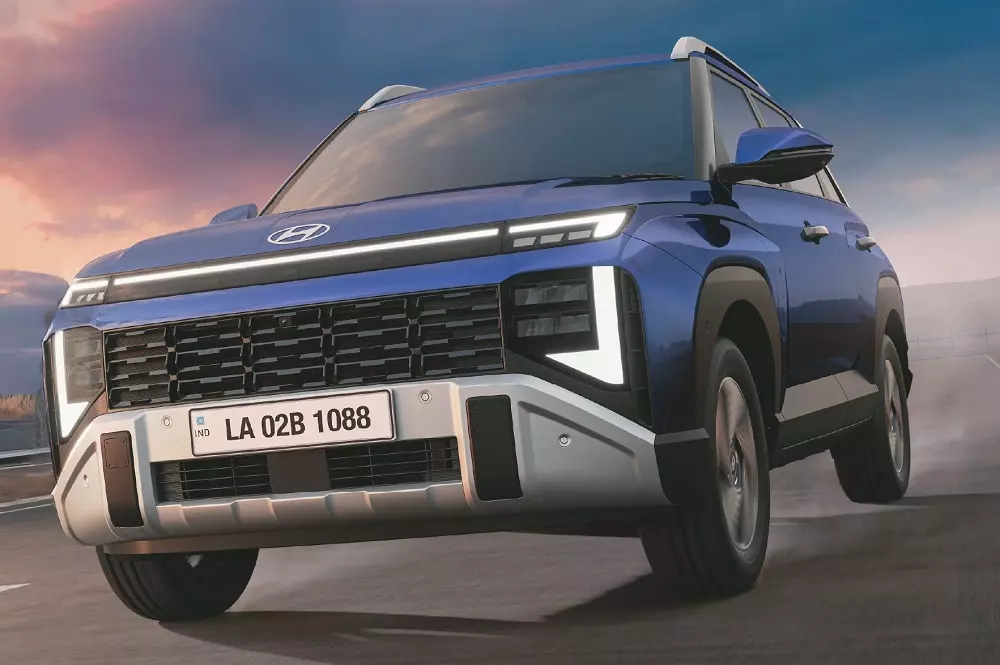Hyundai has officially unveiled the first images of the second-generation Venue, showcasing the compact SUV’s complete exterior and interior redesign. Pricing will be announced on November 4th, and the South Korean brand has already begun accepting pre-orders in the Indian market.
As anticipated, the new Hyundai Venue boasts a more striking appearance with sharper lines and SUV-inspired accents. The front fascia features a connected LED daytime running light strip and a quad-LED headlight setup resembling inverted horns. A wide rectangular grille and silver-painted muscular front bumper with additional air intakes and a sculpted hood complete the aggressive look.

The 2026 Hyundai Venue undergoes a dramatic design transformation.
Along the sides, the wheel arch creases echo the Hyundai Tucson and Exter, appearing more pronounced and muscular than before. The new Venue also gains body cladding, a blacked-out C-pillar with silver “Venue” lettering, and a redesigned 16-inch alloy wheel set.
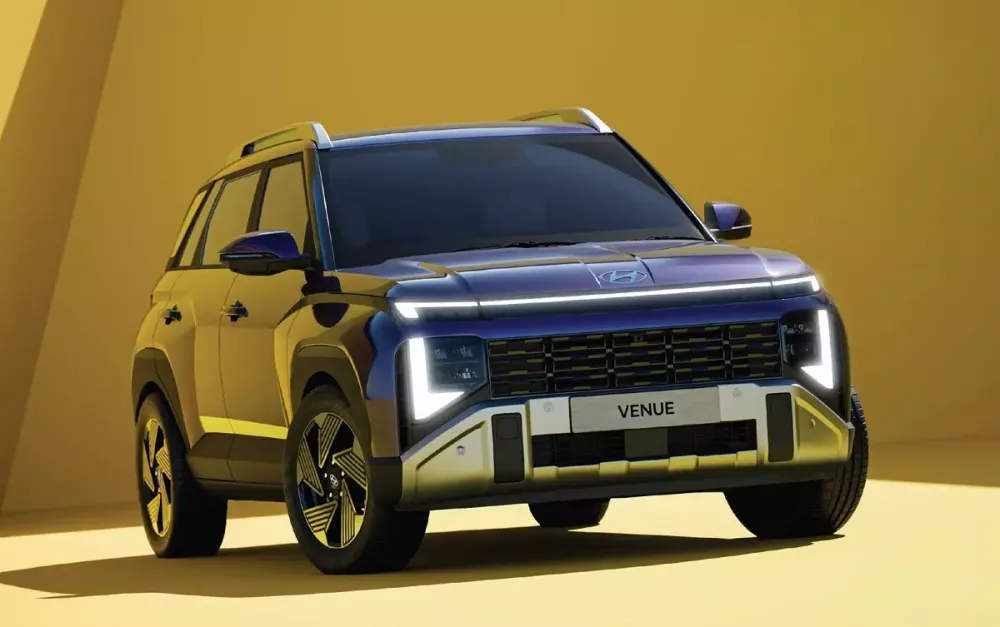
The 2026 Hyundai Venue looks more rugged and modern than its predecessor.
At the rear, a full-width LED light bar mirrors the front-end design, flanked by black-trimmed taillights and a centered “Venue” badge. The muscular rear bumper features two-tone accents, L-shaped reflectors, and an extended section reaching up to the tailgate.
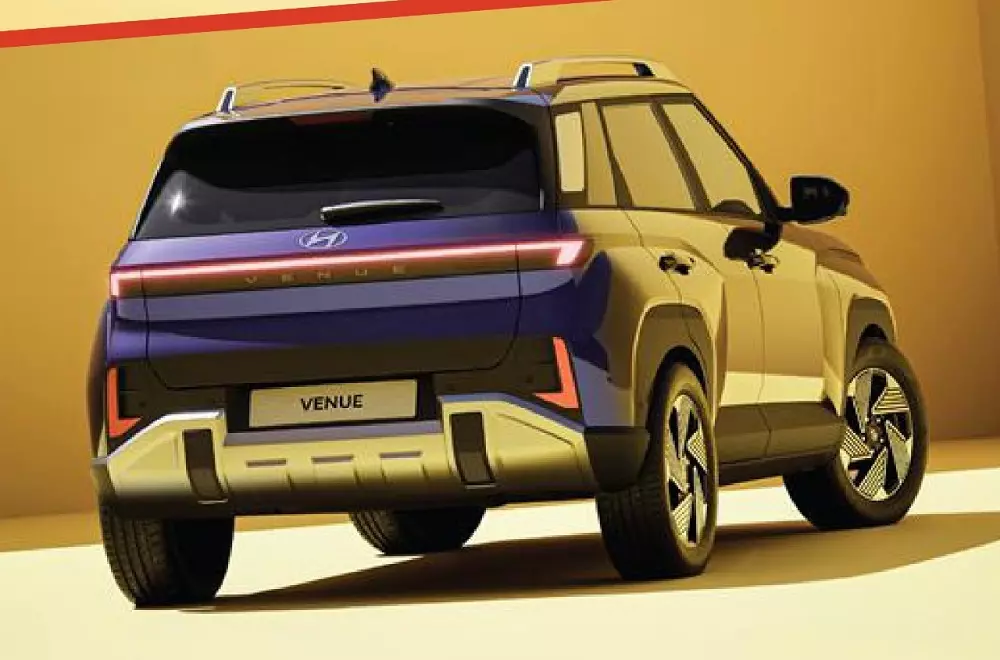
Rear view of the 2026 Hyundai Venue.
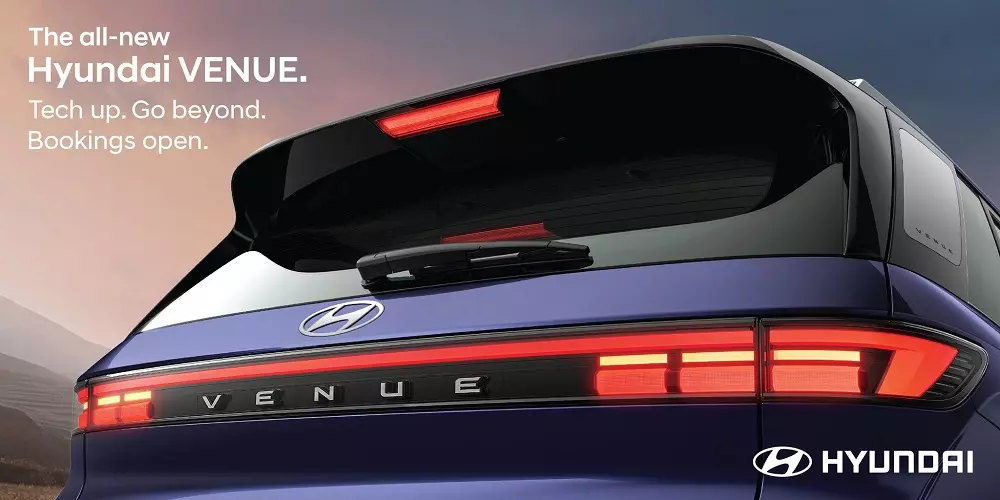
Close-up of the Venue’s taillight cluster.
Measuring 3,995 mm long, 1,800 mm wide, and 1,665 mm tall with a 2,520 mm wheelbase, the 2026 Venue is 48 mm taller, 30 mm wider, and has a 20 mm longer wheelbase than its predecessor.
Inside, the highlight is the curved 12.3-inch display integrating the digital instrument cluster and touchscreen infotainment system, larger than even the Hyundai Creta’s setup. Despite its modern design, the Venue retains physical controls and knobs for the climate, audio, and steering wheel functions.

The 2026 Hyundai Venue’s driver-focused cockpit.
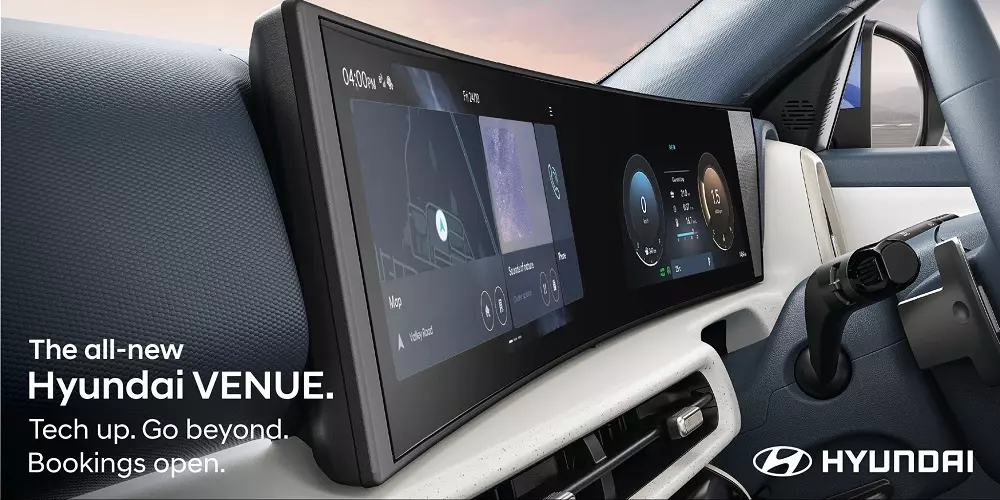
The 24.6-inch curved display is the Venue’s centerpiece.
The new steering wheel replaces the traditional Hyundai logo with four illuminated dots representing “H” in Morse code, similar to the Ioniq 5 EV. The dual-tone dashboard features a central “H”-shaped design, vertical air vents, premium textures, and an embossed “Venue” logo.
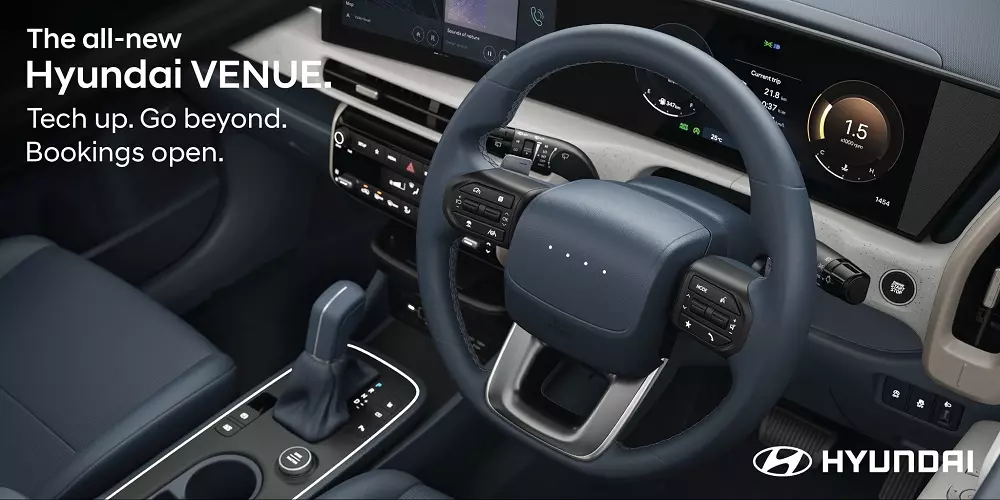
The 2026 Hyundai Venue’s redesigned steering wheel.
The revised center console houses controls for ventilation, parking camera, electronic parking brake, drive modes, and the new traction control system. Ambient lighting accents the dashboard and center console.
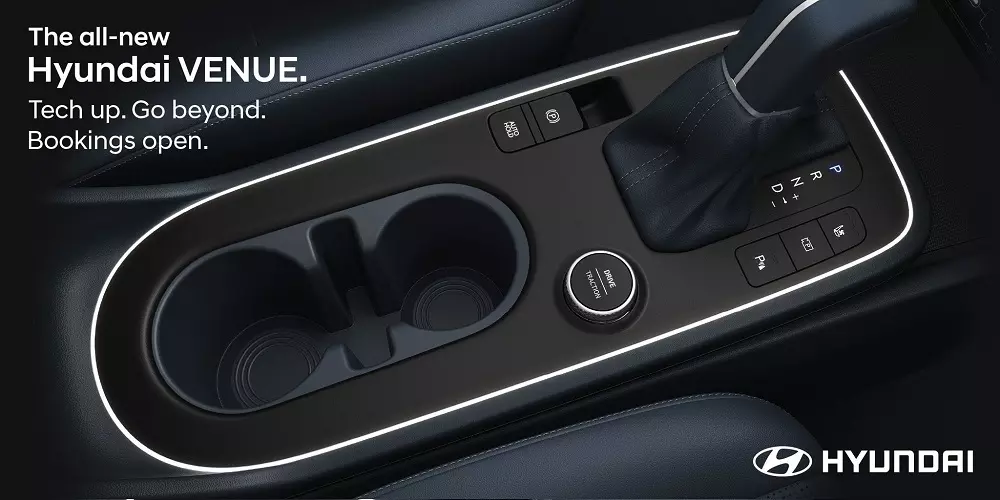
The 2026 Hyundai Venue’s updated center console.
Additional features include two-step reclining rear seats, rear window sunshades, new dual-tone leather upholstery, and front parking sensors. Hyundai claims improved rear legroom and easier ingress/egress thanks to the longer wheelbase and wider door openings.
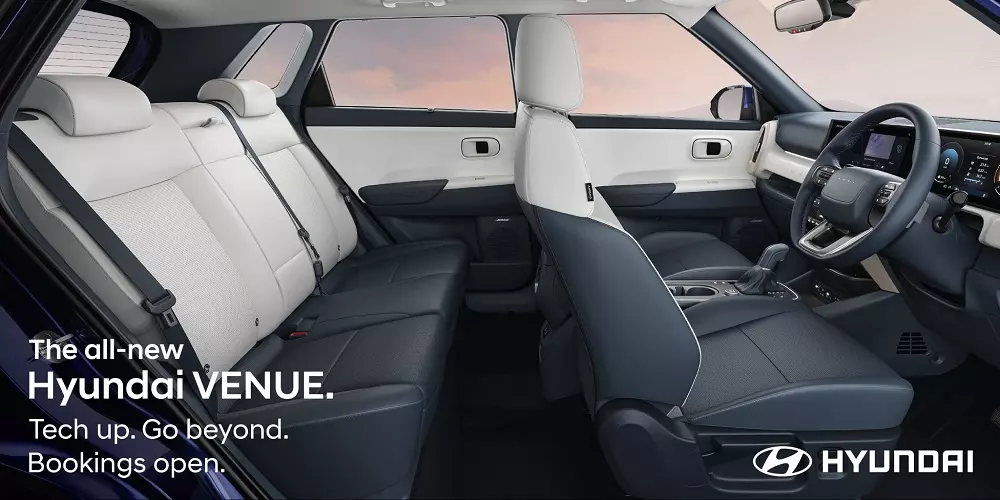
The Venue’s dual-tone leather seats.
Powertrain options remain unchanged: a 120 hp 1.0L turbo petrol, an 83 hp 1.2L naturally aspirated petrol, and a 100 hp 1.5L diesel. The 1.2L petrol pairs exclusively with a manual gearbox, while the 1.0L turbo adds a 7-speed DCT option. Hyundai will also offer a torque converter automatic for the diesel variant, previously limited to a manual transmission.
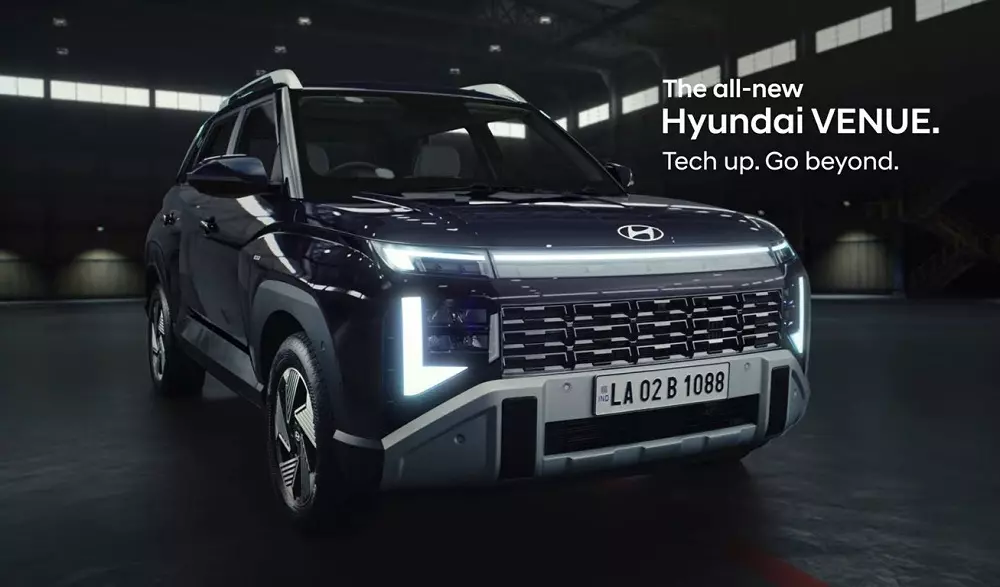
The 2026 Venue retains its existing engine lineup.
In India, the new Venue will be offered in seven trim levels: HX2, HX4, HX5, HX6, HX7, HX8, and HX10. Launching on November 4th, 2025, it will compete against rivals like the Tata Nexon, Maruti Brezza, Kia Sonet, and Mahindra XUV 3XO.





















